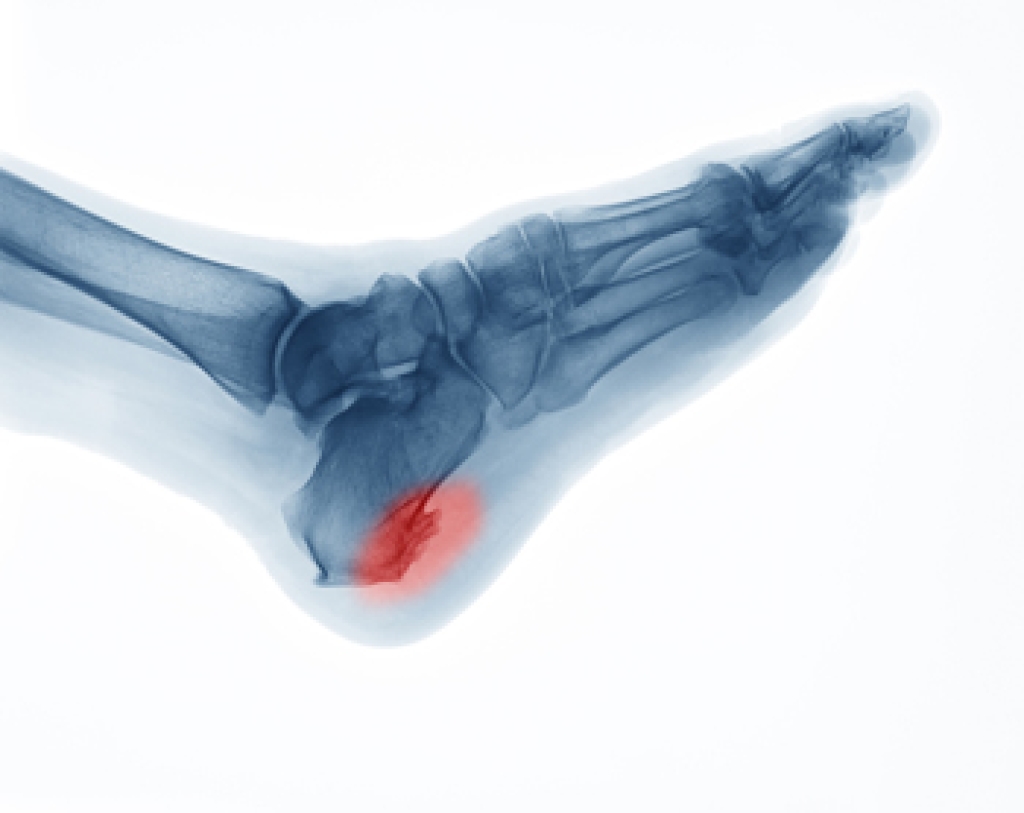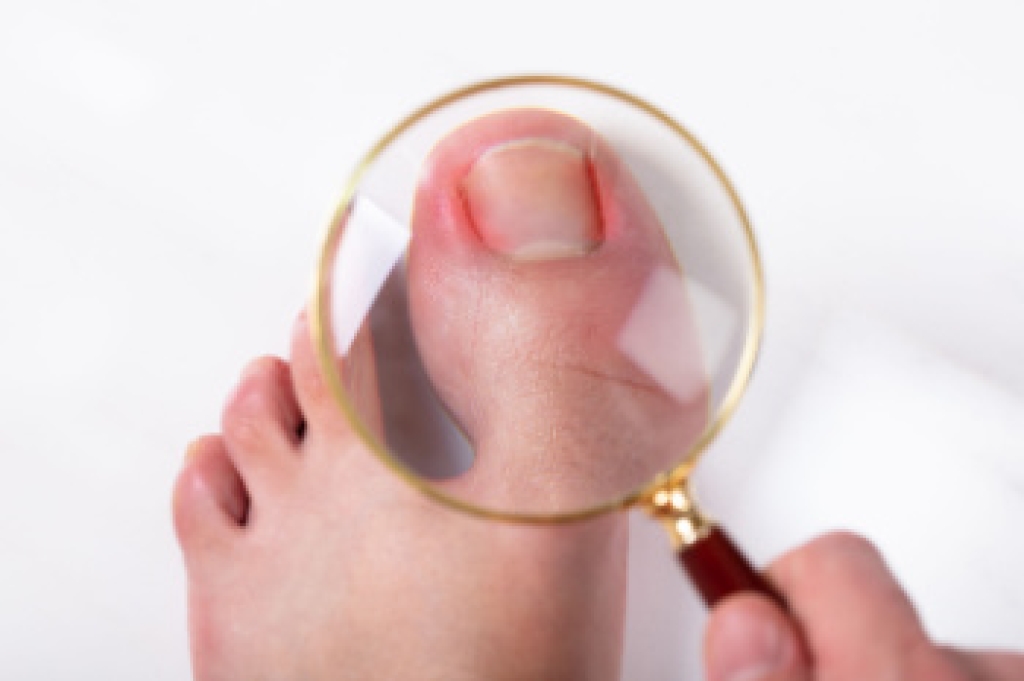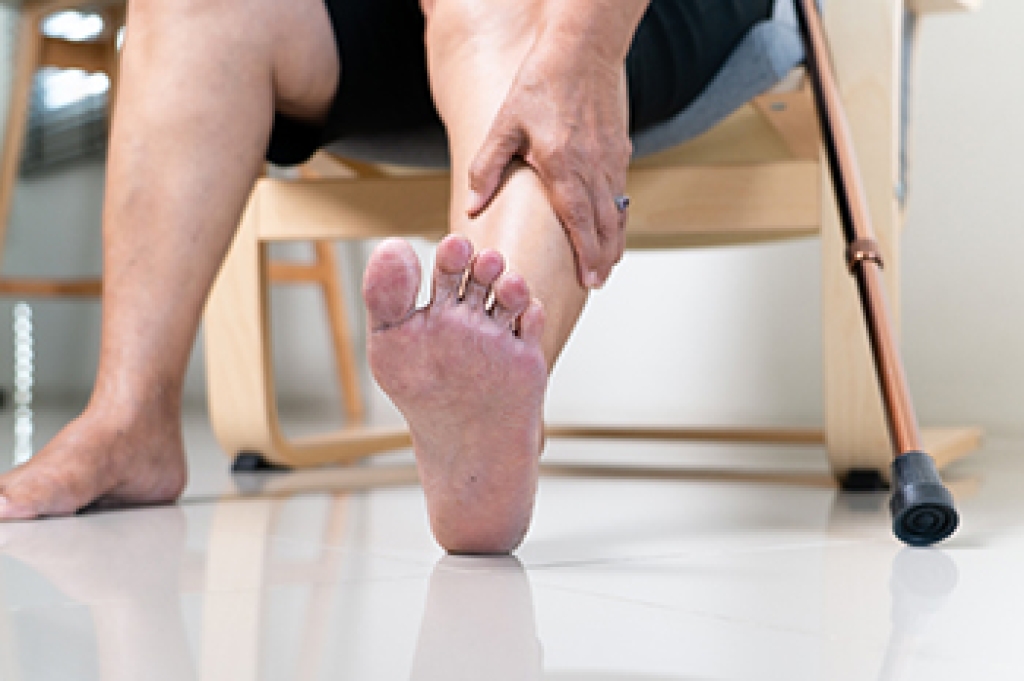
A heel spur is a bony calcium deposit that forms between the heel and the arch of the foot, often causing sharp pain, especially when standing or walking. Bone spurs commonly develop due to repetitive strain on the plantar fascia, which is the ligament that connects the heel to the toes. Risk factors include obesity, flat feet, high arches, poor footwear, and activities that place excessive stress on the feet, such as running or prolonged standing. Symptoms may include heel pain, inflammation, and difficulty walking comfortably. A podiatrist can diagnose heel spurs through examination and imaging, provide custom orthotics, recommend stretching and strengthening exercises, and discuss treatment options to relieve pain and restore mobility. If you have heel pain, it is suggested that you consult a podiatrist who can accurately diagnose what may be going on.
Heel spurs can be incredibly painful and sometimes may make you unable to participate in physical activities. To get medical care for your heel spurs, contact one of our podiatrists from North Penn Podiatry. Our doctors will do everything possible to treat your condition.
Heels Spurs
Heel spurs are formed by calcium deposits on the back of the foot where the heel is. This can also be caused by small fragments of bone breaking off one section of the foot, attaching onto the back of the foot. Heel spurs can also be bone growth on the back of the foot and may grow in the direction of the arch of the foot.
Older individuals usually suffer from heel spurs and pain sometimes intensifies with age. One of the main condition's spurs are related to is plantar fasciitis.
Pain
The pain associated with spurs is often because of weight placed on the feet. When someone is walking, their entire weight is concentrated on the feet. Bone spurs then have the tendency to affect other bones and tissues around the foot. As the pain continues, the feet will become tender and sensitive over time.
Treatments
There are many ways to treat heel spurs. If one is suffering from heel spurs in conjunction with pain, there are several methods for healing. Medication, surgery, and herbal care are some options.
If you have any questions, please feel free to contact our offices located in Lansdale, and King of Prussia, PA . We offer the newest diagnostic and treatment technologies for all your foot care needs.




